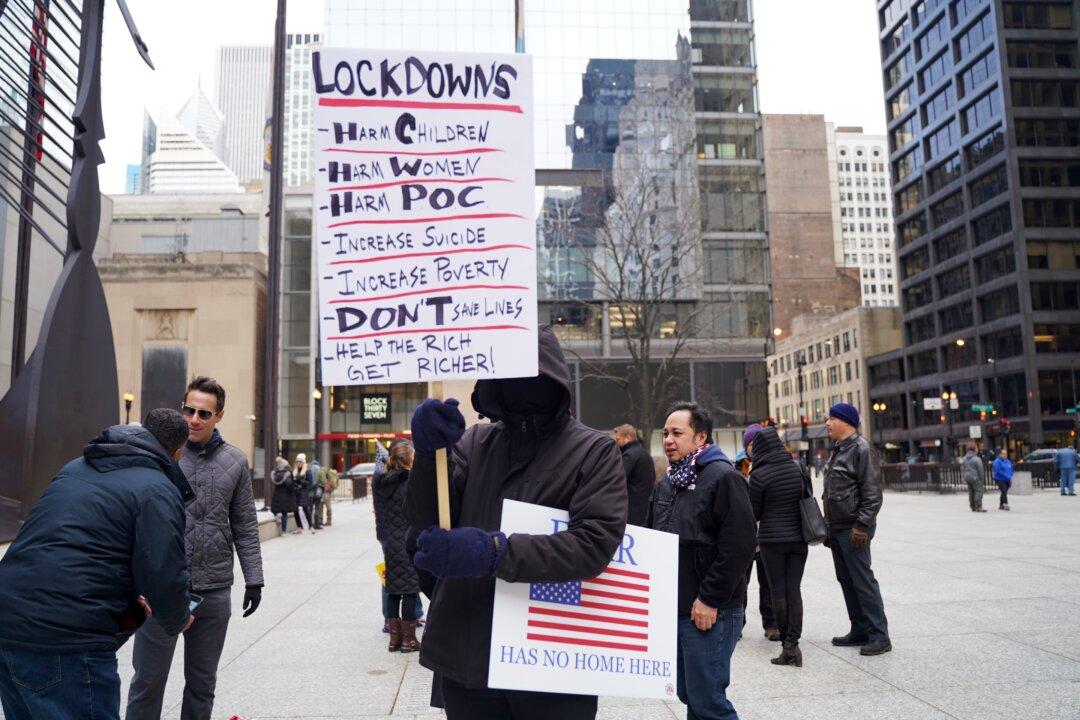Commentary
Lockdowns didn’t protect the vulnerable, but rather harmed them and shifted the morbidity and mortality burden to the underprivileged.

Lockdowns didn’t protect the vulnerable, but rather harmed them and shifted the morbidity and mortality burden to the underprivileged.